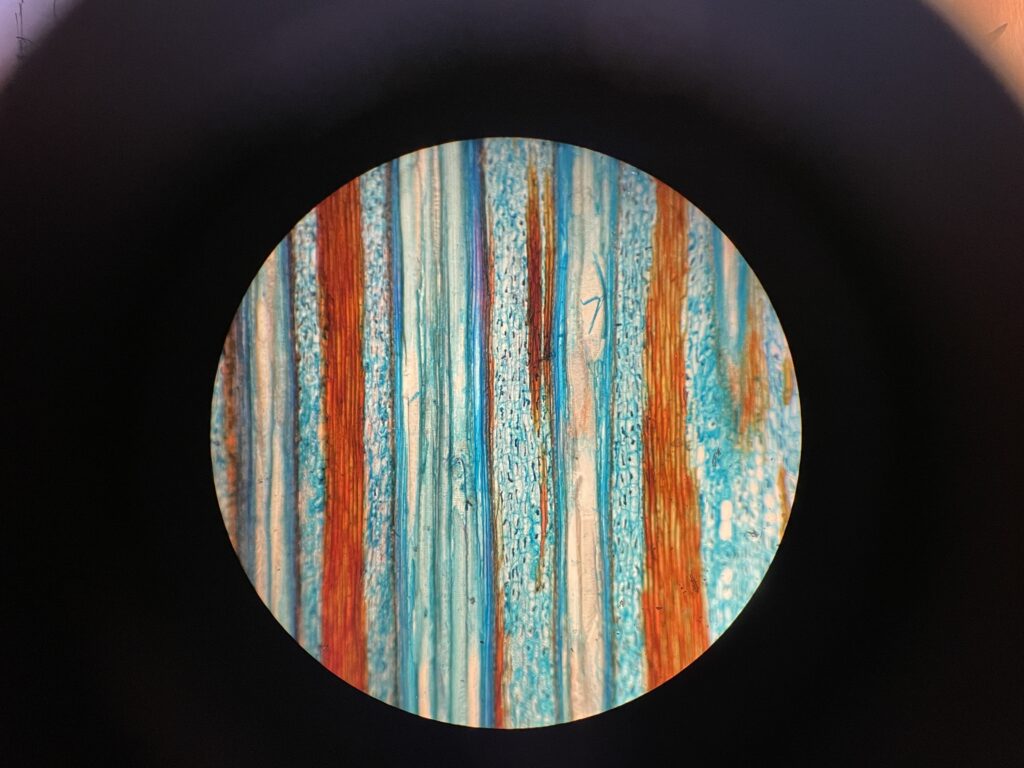Local Date
10 September 2024Local Time
12:14Location
Hackney Downs, LondonCountry or Territory
United KingdomContributor
Sasha EngelmannSatellite
NOAA-18Radio Callsign
Archive ID
Coordinates
This morning a PhD student wrote in an email to me that the "Autumn very much feels like it's arrived!". I agree wholeheartedly- and wonder how many days have gone by without the golden sunlight I have come to expect from London in early September. Instead we are soaked in thin, grey and matte light emitted from low-hanging cloud. As I read onward about 'global darkening' and the 'State of the Climate' as assessed by close to 600 scientists in a report published last month, I read that this 'darkening' (or increased absorption of light by earth's surface) is, "linked to increased plant growth (which causes the absorption of radiation) in other parts of the world" and that "Plants directly responded to the warmth" (State of the Climate, 2023). To describe how plants responded to the warmth, the report continues: "early in the year [2023], the full bloom for the cherry trees in the Arashiyama district of Kyoto, Japan, occurred on the earliest date in the over-1200-year-long record" (State of the Climate, 2023). I find this so fascinating and devastating at the same time: that a 1200 year old cherry tree grove in Japan - the symbol and site of so many romantic films and stories - is a sentinel for plants' reactions to global warming and planetary 'darkening'. Seeing a line like this in a report written by hundreds of scientists also gives me pause. Who chose this example of the Japanese cherry tree grove (as opposed to, say, the effects of warming on forests in the Amazon, or the great forests of the boreal regions)? Was it purely based on record keeping (the cherry tree grove has been maintained for centuries) or is there another set of concerns around cultural landscapes, histories, symbols and aesthetics at play? Back at home, I peer through a sample of lime or 'linden' tree wood in the microscope, in awe of its graphic and formal beauty.



